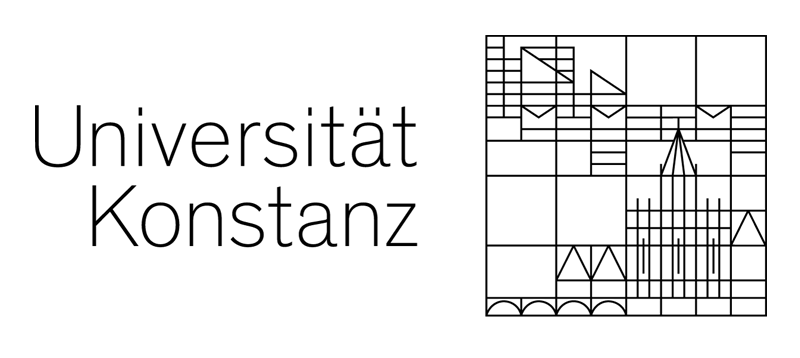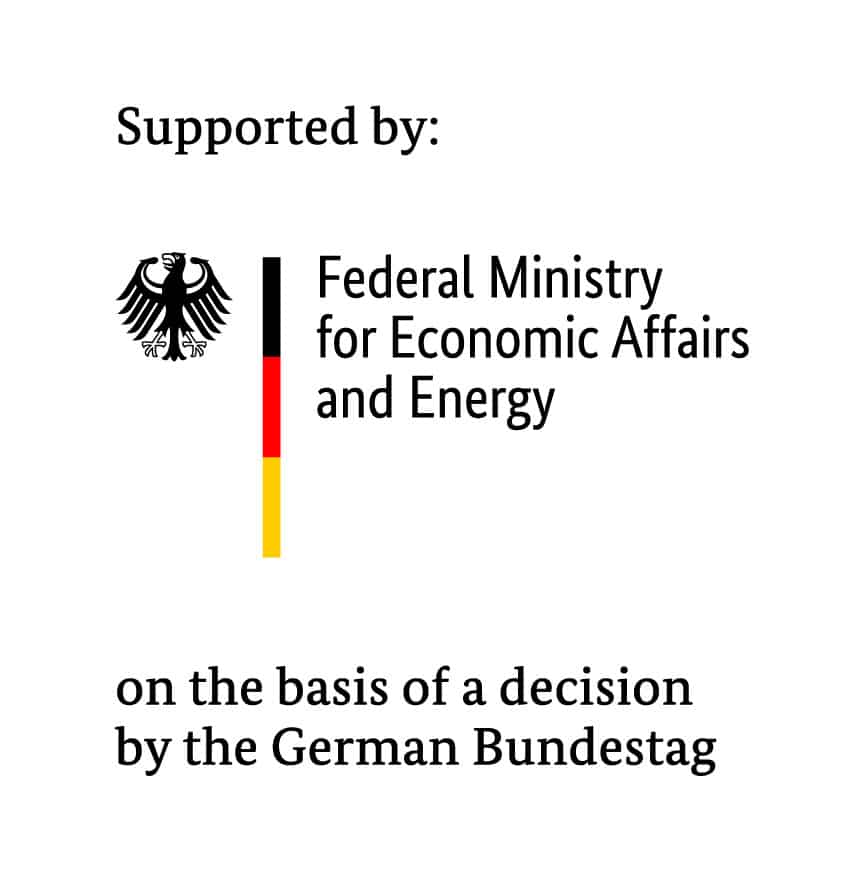
Joint project: OLIVIA – High-performance, cost-effective IBC solar cells for future PV production in Germany
Contact
Dr. Thorsten Dullweber
Head of PV department for Infrastructure
Tel.: +49(0)5151-999 642
E-Mail: dullweber@isfh.de
The ISFH subproject of the OLIVIA project develops new manufacturing processes for the IBC2 (=POLO IBC) cell. This includes in particular the structuring of the n-poly-Si emitter by means of a direct local PECVD poly-Si deposition through a glass shadow mask. This novel and very lean process will be developed to production readiness in the ISFH subproject of the OLIVIA project by automating the loading of the glass masks into the PECVD system using a robot from Jonas&Redmann rather than manually. In the OLIVIA project, RENA is developing a novel alkaline single-sided texture that textures only the front side of the solar cell, leaving the back side largely planar. ISFH is evaluating the new single-sided texture for the IBC2 solar cell. If successful, this would make the wet chemical polishing of the backside obsolete, further reducing the manufacturing cost of the IBC2 solar cell. In addition, ISFH is developing a new measurement chuck with contact needles for precise contacting and IV measurement of the IBC2 cell. ISFH integrates all new manufacturing techniques into an optimized IBC2 process, which is expected to achieve an efficiency above 24.5%, a process yield above 95% and competitive manufacturing costs below 4.5 UScent/Wp by the end of the project.
The IBC2 cell technology to be developed in OLIVIA is designed in particular for the reestablishment of PV production in Germany, as it promises significant competitive advantages over the previous cell technologies PERC+, TOPCon, and HJT. Due to the planned strong expansion of PV modules in Germany and the EU and, on the other hand, persistent supply difficulties from Asia in combination with strongly increased module prices, the interest in a domestic production has strongly increased.
Partner




Duration
01.03.2024 – 28.02.2026
Funding
The project “High-performance, cost-effective IBC solar cells for future PV production in Germany (OLIVIA)” is funded by the Federal Ministry for Economic Affairs and Climate Action under grant no 03EE1184C. The responsibility for the content of this publication lies with the authors.

